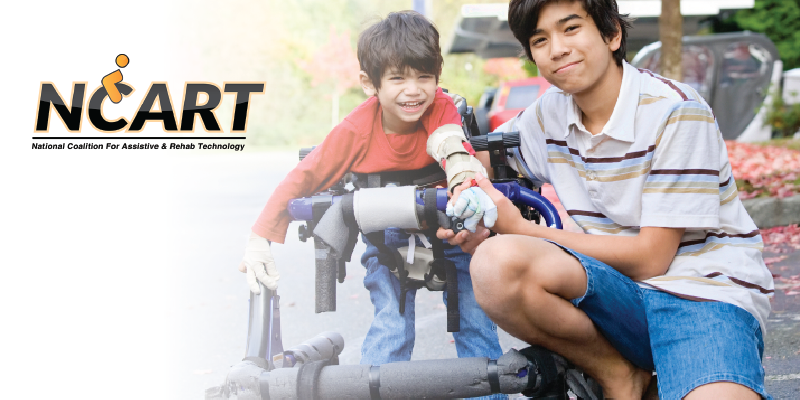 When it comes to healthcare, the last thing most people think of are billing categories. Unfortunately, something as mundane as a billing category could be the deciding factor in obtaining appropriate equipment for those who use complex rehab technology (CRT). Currently, CRT is categorized in Medicare under the heading of "durable medical equipment", or DME. Here's why that's a problem:
When it comes to healthcare, the last thing most people think of are billing categories. Unfortunately, something as mundane as a billing category could be the deciding factor in obtaining appropriate equipment for those who use complex rehab technology (CRT). Currently, CRT is categorized in Medicare under the heading of "durable medical equipment", or DME. Here's why that's a problem:
- This category was originally created for an elderly population.
The designation of DME was first established in the 1960s to cover the type of equipment used by people as they advance in age—such as walkers, wheelchairs and bath safety equipment. CRT users are enrolled in the Medicare program not because of their age, but because of chronic and complex disabilities. Furthermore, their equipment is far more advanced technologically than what is typically used by an elderly patient. The conditions that apply to individuals utilizing CRT every day are not the same for DME users.
- Obtaining CRT equipment is much more involved than obtaining DME
Typically, an elderly patient receives their DME products after a trip to the doctor and a trip to the DME supplier. Someone who uses CRT, however, must have carefully documented trips to the doctor, physical therapist or occupational therapist, an assistive technology professional (ATP), and a CRT provider. Additionally, the complexity of the equipment means the user will need ongoing training, support, and maintenance.
- Medicare has more requirements for CRT
Obtaining DME is often as simple as visiting a medical equipment supplier with a doctor's order in hand and leaving with equipment that same day. There are far more requirements a person must go through to obtain CRT. Complex Rehab Technology is provided through an interdisciplinary team consisting of, at a minimum, a physician, a physical therapist or occupational therapist, and credentialed personnel from an accredited Complex Rehab Technology company. The process of assessing, measuring, ordering, building, delivering, fitting, modifying, and training often takes three months or more.
- Congress has changed other categories before
What we're asking for is nothing new. In the past, Congress has recognized that other special medical needs don't fall under the DME category. Orthotics and Prosthetics is one such example. It has its own separate set of rules for standards, accreditation and billing categories. We're asking the same thing be done for CRT users.
Help NCART convince Congress that these changes need to be made. Make a phone call to your Congressional representatives, write letters and emails to them, or the next time your representative gives a town hall meeting in your city attend it and speak up about CRT needs. Encourage your friends and family to do the same. Together, we can make a difference!
News
September 30, 2016 by NCART
 When it comes to healthcare, the last thing most people think of are billing categories. Unfortunately, something as mundane as a billing category could be the deciding factor in obtaining appropriate equipment for those who use complex rehab technology (CRT). Currently, CRT is categorized in Medicare under the heading of "durable medical equipment", or DME. Here's why that's a problem:
When it comes to healthcare, the last thing most people think of are billing categories. Unfortunately, something as mundane as a billing category could be the deciding factor in obtaining appropriate equipment for those who use complex rehab technology (CRT). Currently, CRT is categorized in Medicare under the heading of "durable medical equipment", or DME. Here's why that's a problem:
